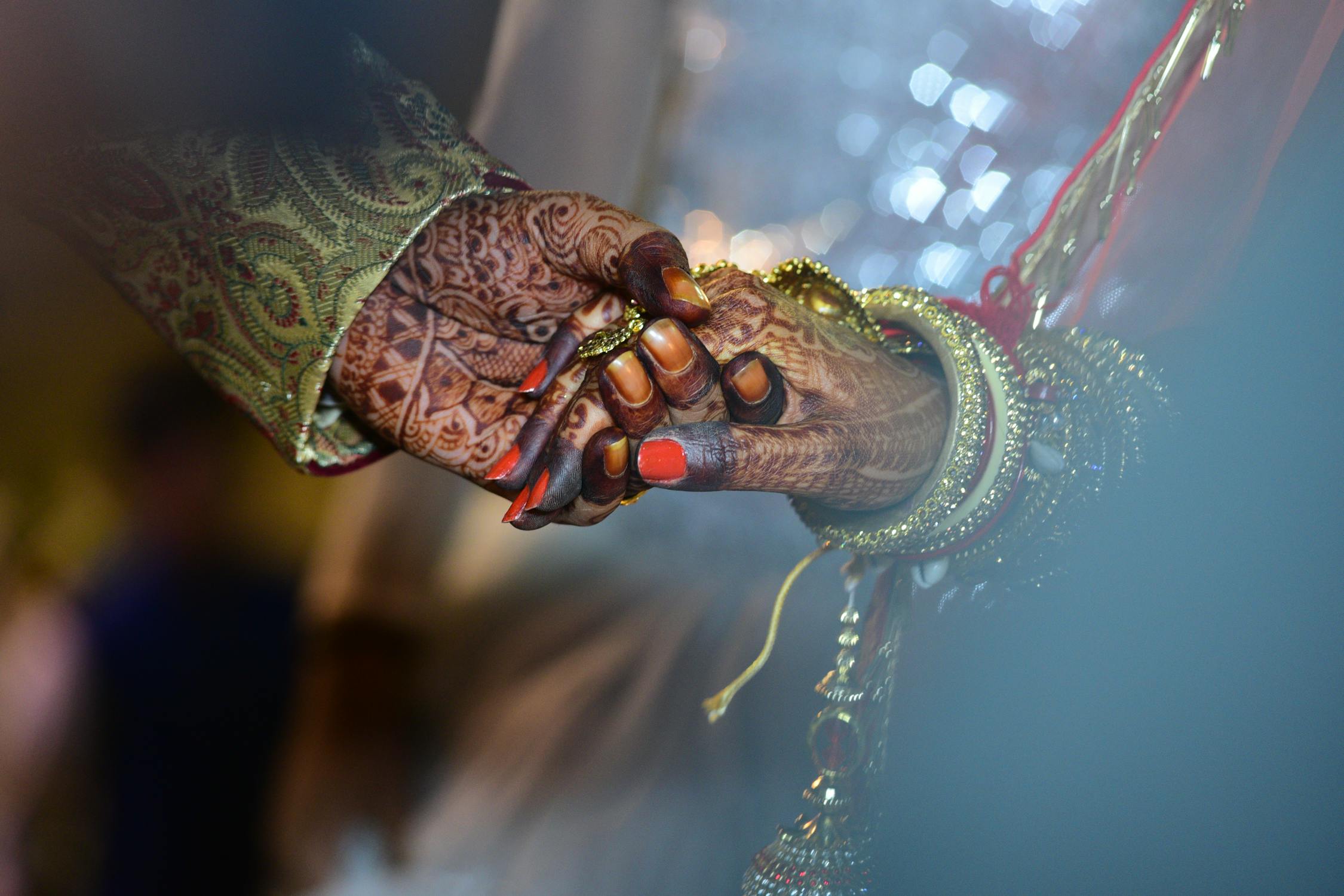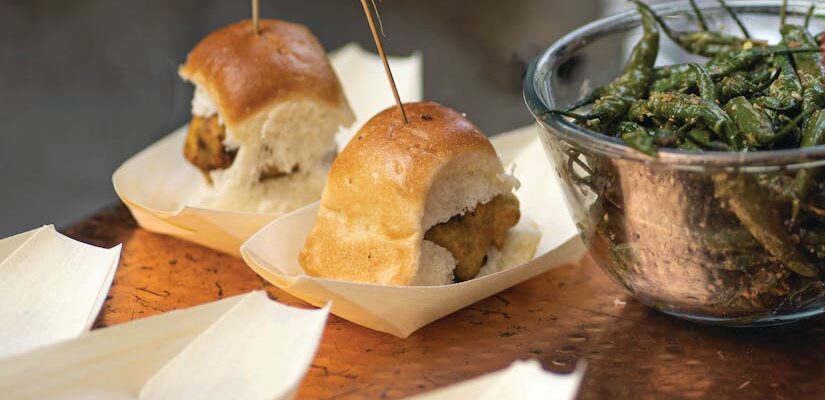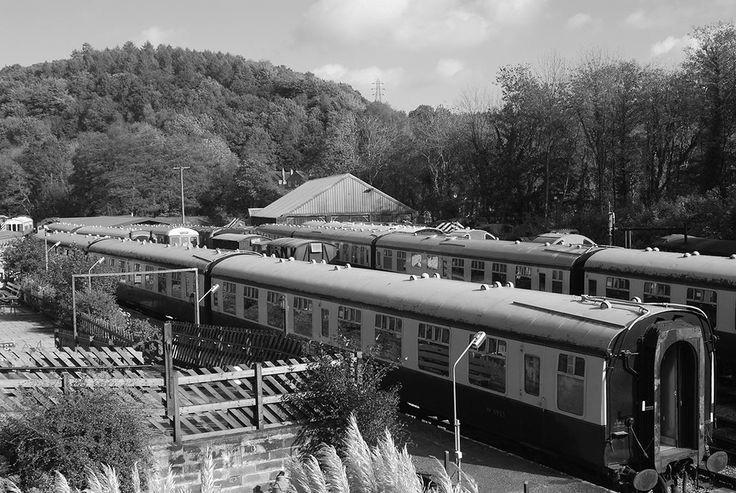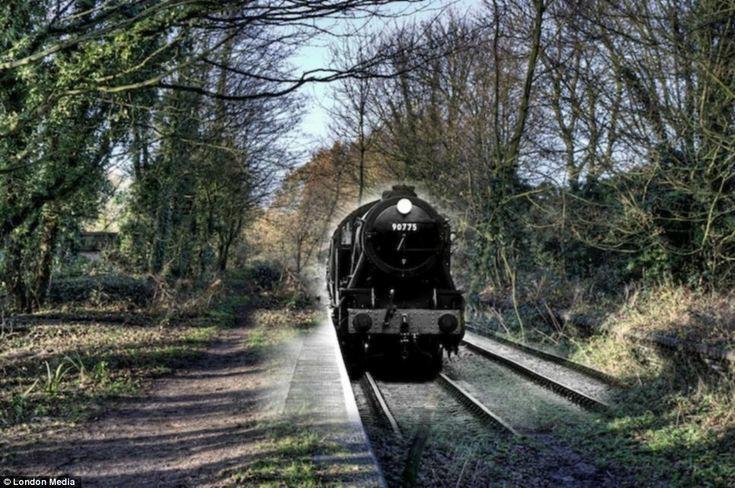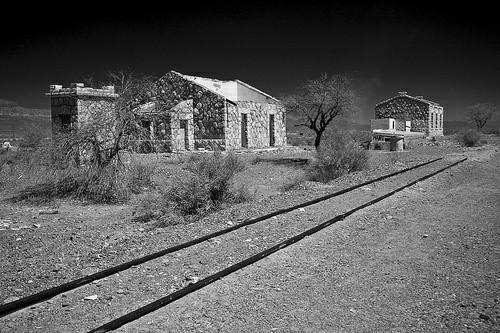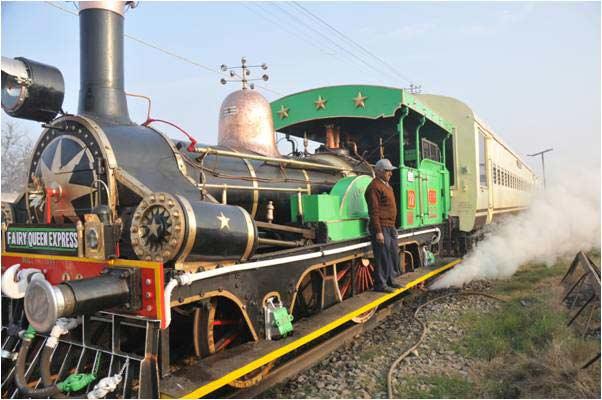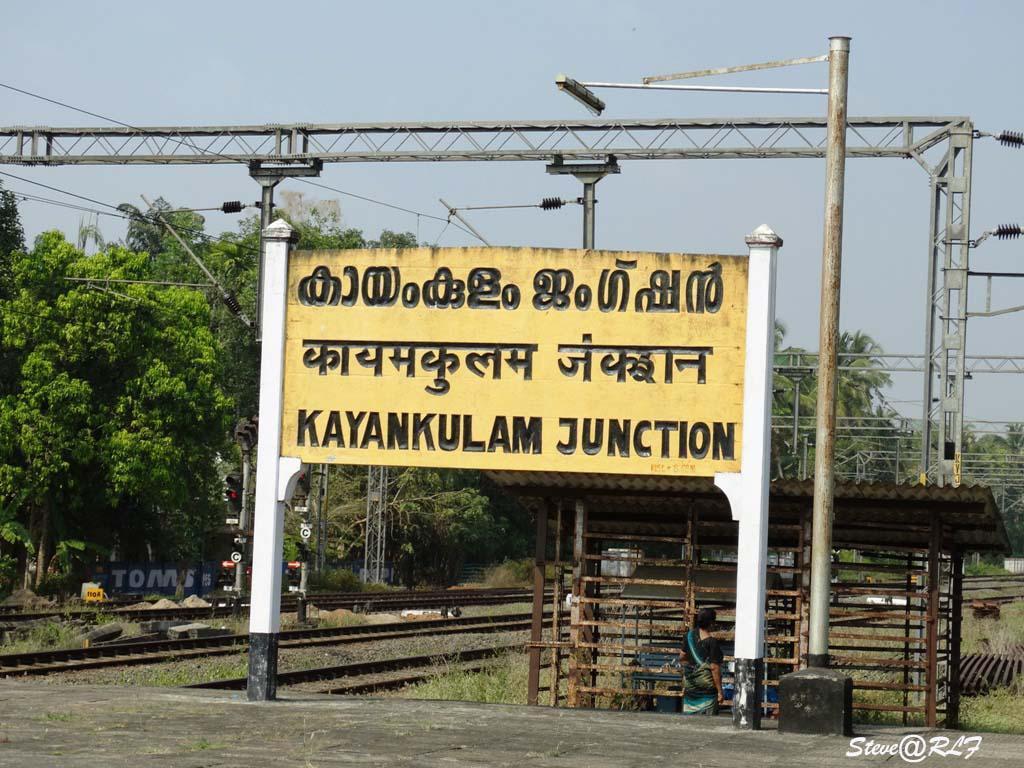The “Women☕” Trend: What Does it Mean for Women Online & Beyond?
Ever scroll on Instagram and see a post with comments flooded with the same phrase over and over – “women ☕”? What’s up with that? We’d say you’re not alone if you tell us you’re miffed with that phrase popping up, every now and then. But where the heck did it come from? Here’s the full story: Origins and Espresso Shots of Sarcasm: On October 9th, 2017, a creator named Tipsy Duck on YouTube, known for his unconventional animations made with the Source Film Maker animation program, uploaded the third video of a series titled “Infomercial: The Pill.” The video’s original intentions were to mock societal beauty standards and women’s insecurity, made in the style of an 80s Western advertisement about a beauty pill. Upon opening the video, at the 13-second mark, you will be greeted by two men drinking coffee in the front yard. There’s some lighthearted banter, but the rest of the video takes an unexpected turn, eventually referencing a stereotype about women’s self-consciousness. The Bitter Aftertaste: Why it Matters? Of course, the question arises—is “women ☕” just a mean laugh, or does it tiptoe into unpleasant territory? Like everything else, it all depends on the context and intentions. Some may use it playfully and in a satirical sense; others may use it as a weapon of belittling and get away with it with the argument, “It’s just a meme, bro!” Is it just a meme? Beyond the Buzz: What We Can Do? No, the meme isn’t always used in a negative context, so think about it for a moment before waging a war with your keyboard- At the end of the day, “women☕” isn’t just a meme but a reminder that the internet world is like a mountainous region with odd peaks. Be respectful and peacefully fight for a more inclusive and compliant internet.

